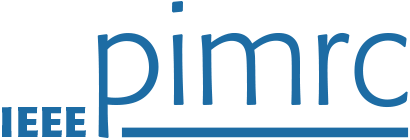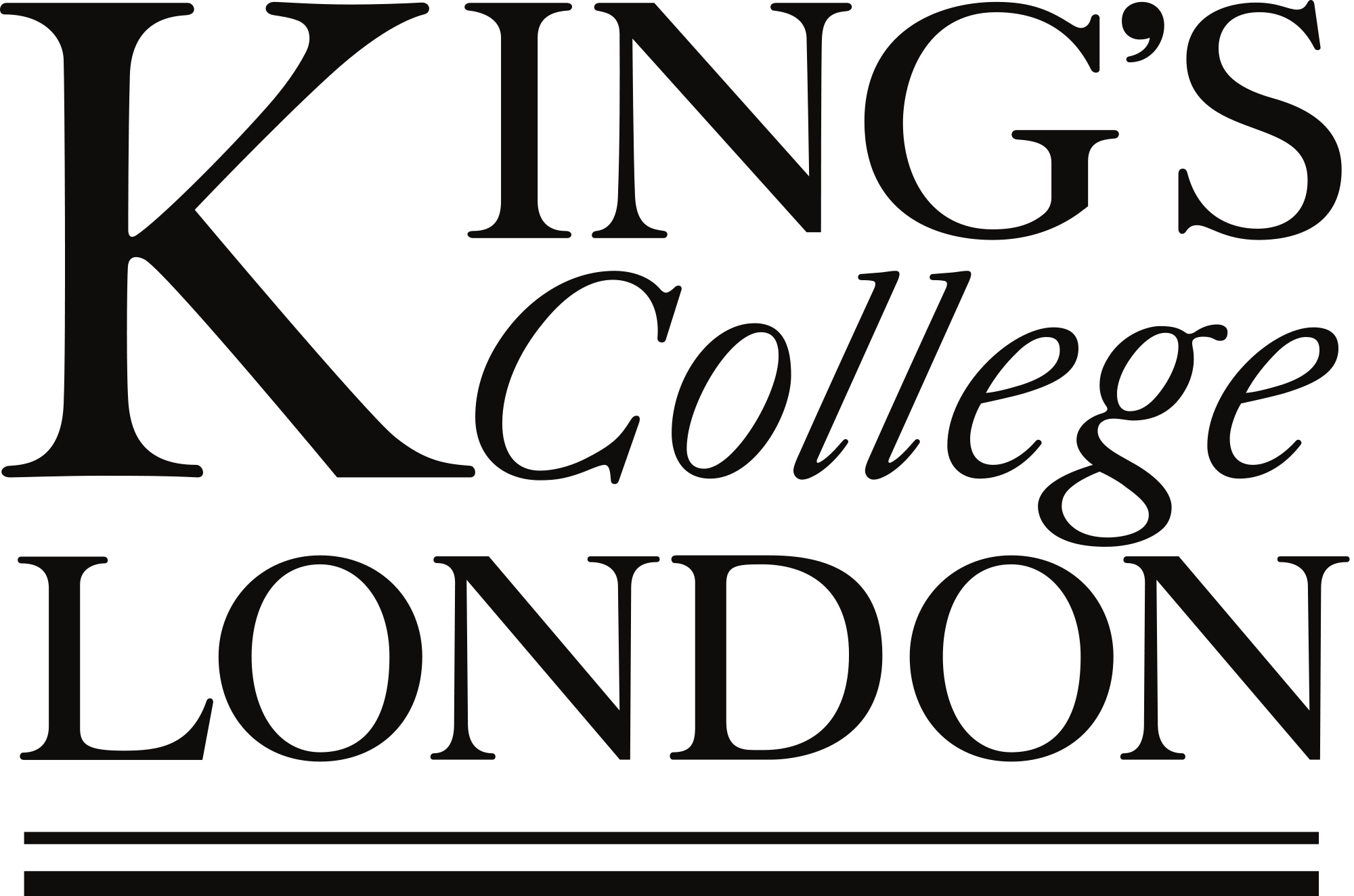Instructors
Dr Mona Ghassemian,
BT, UK
Prof. Maziar Nekovee,
University of Sussex, UK
Register
£50 Tutorial only | Tutorial + Full Conference access from £120
Half-day Tutorial, Monday 31st August 9:00 (BST)
Further pricing details can be found on the registration page.
Motivation
5G networks are expected to connect everything and everyone, and hence fulfil the vision of the Internet of Things (IoT) has existed for almost a decade. On the other hand, IoT has also seen its evolution path in parallel with the development of 5G. The next-generation IoT will not only consist of low-data rate applications and low-end sensors and actuators but will also greatly enriched with embedded intelligence, high-end multi-sensory (e.g. touch, smell, or even brain-waves) devices and an entirely new domain of applications in Industry 4., eHealth and eCare, automotive, etc, to name but a few.
The notion of ultra-reliable low latency communications (URLLc) and massive machine type communications (mMTC) provided by 5G are somehow reflecting the primary communication types needed within the IoT domains required particularly for mission-critical and Tactile Internet use cases. The emergence of edge computing and intelligence from the IoT domain in the past years has also driven the architectural evolution of 5G infrastructures. Early adaptors of 5G IoT is properly Industry 4.0, the Industrial Ethernet, benefiting from edge computing in the first steps until full realisation of 5G standalone implementation, which must be carefully considered when positioning and optimising 5G for this.
Looking at the number of publications and events focusing separately on either 5G or IoT motivated us, as a key Industry practitioner and academic researcher at the forefront of 5G and IoT development, to bring these, so far disjointly treated domains together. The key questions we ask is how 5G networks will offer the umbrella connectivity which so far has been missing in IoT, with devices using a range of radio interfaces connecting to a single and ubiquitous network. At the same time, next-generation IoT scaling to, potentially, trillion devices, will surely push the limits of scalability even with 5G, and therefore may be a key driver for 6G to address how 5G networks support IoT applications and to address the challenges and opportunities of connecting the two domains.
This tutorial is designed to address both industry practitioners and academic researchers with communication background, with some knowledge of 5G or IoT, as well as those interested to work in the emerging fields of next-generation IoT and/or 6G.
Structure and Content
- Technology types
- Introduction and state-of-the-art in 5G technology
- Cellular and non-celular IoT technology types
- Use cases and technology mapping
- Existing 5G IoT testbeds and deployments
- Standards
- 3GPP and Non-3GPP standards – Cellular IoT
- Working groups in 5G and IoT domains
- Interoperability – “IoT convergence”
- Applications to current and next generation IoT •
- What future IoT use cases will be possible in 5G?
- What role operators and service providors should take?
- What are IoT service requirements to be supported by 5G standard?
- What are future use case requirements for 5G- IoT networks?
- Future research directions • AI, embeded AI and big data analytics
- Security mechanisms
- 6G for next generation IoT





